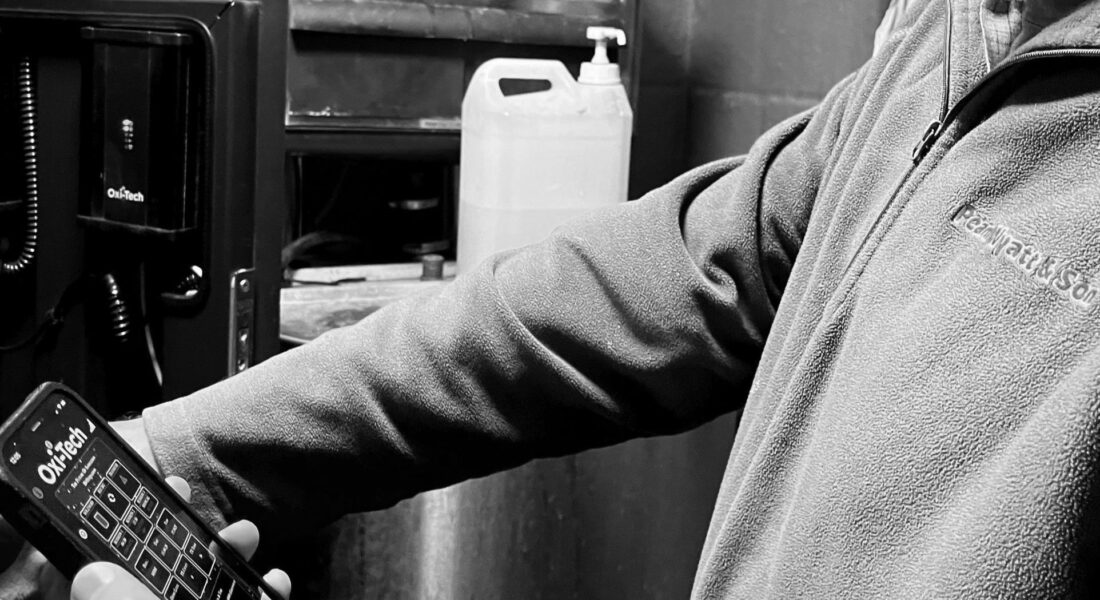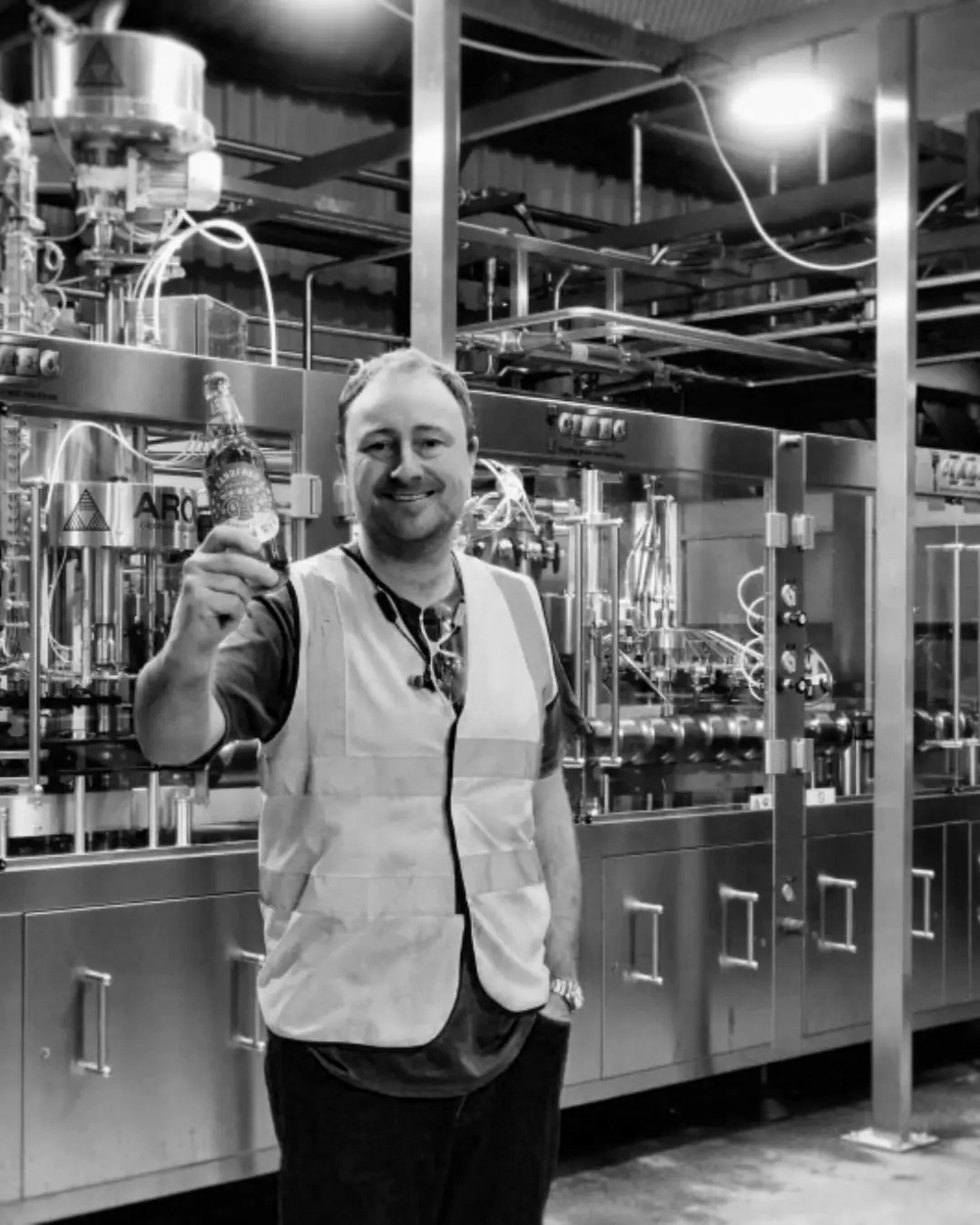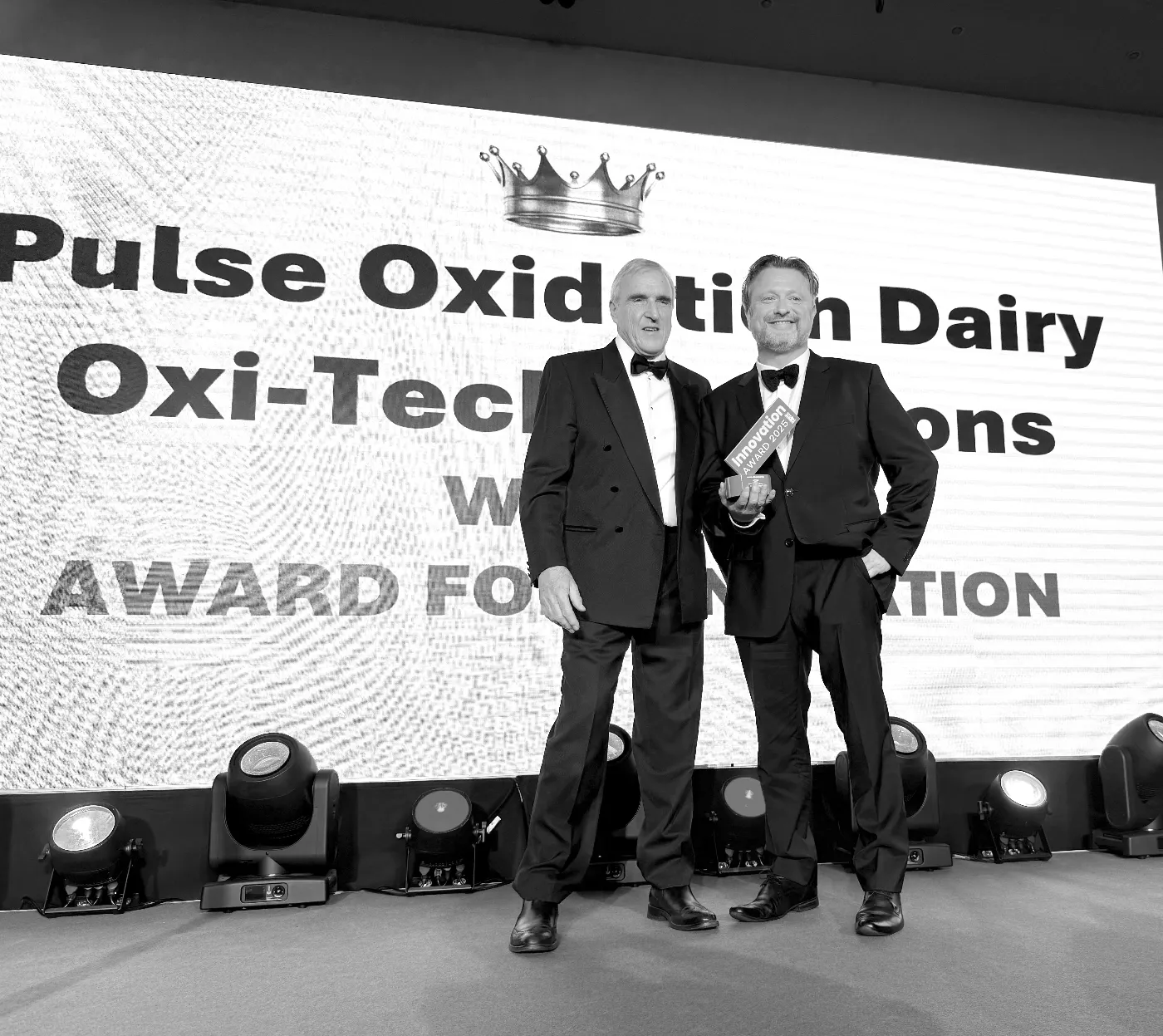Replacing chemical dairy cleaning products with a more environmentally friendly option has saved one farmer a significant amount of money – and made for safer working practices. British Dairying reports.
Imagine having the opportunity to replace the chemicals you use to clean your milking equipment with a safe, cost effective and energy efficient option. Technology has progressed to the extent, there’s now a proven alternative available to hypochlorite and peracetic acid called Pulse Oxidation.
Replacing harmful chemicals with Pulse Oxidation has proved to be a gamechanger for Andrew Smith, herd manager to a 240-pedigree cow Dairy Shorthorn and Holstein herd based on a 320ha unit near Snetterton, Norfolk and owned by Pearn Wyatt and Son.
“We’ve been able to make annual cost savings of up to £1,600 on chemicals alone – we were using over 600 litres of peracetic acid and up to 500 litres of hypochlorite a year. And while the farm has a 500KW AD plant fed with slurry and homegrown maize, we are aware we’re making significant power savings; the system runs on 12V electricity,” he explains.
“Being both environmentally safe and operator safe is equally if not more important; it’s a relief we no longer have to buy in those chemicals. We’ve all had our moments when we hadn’t realised we’d accidently split acid on our hands or clothes until minutes later when it started to burn up our skin or through the fabric.”
The acids also used to impact on the milking system’s rubber pipework. “We frequently had burst pipes and were replacing two to three lengths every month, a job and a cost that’s been eliminated by Pulse Oxidation,” he says. “The other massive benefit is no longer having to manage new legislative requirements involved in purchasing the chemicals as well as the hassle of manoeuvring and disposing of those 200 litre blue plastic barrels.”
Herd health is amongst the unit’s priorities; SCC is being maintained at an average 150. “The new system’s efficiency stretches to preventing any infected milk spreading from cow to cow within the milking system. We were always going in to battle with SCC yoyoing from an average 150 to 200, whereas nowadays we’re confident it’s under control along with Bactoscan which nowadays is as good as if not better at 20 or less.”
Pulse Oxidation is also proving to be a win win for Andrew and Arla, the unit’s milk processor. “Arla is big on its network of suppliers reducing emissions and reaching net zero by 2030, and in turn we’re able to clearly demonstrate Pulse Oxidation is helping to lower the farm’s carbon footprint.”
Whilst the company has several enterprises, Andrew says Pearn Wyatt is committed to dairy and for example has just completed building a new high welfare free stall shed for 200 cows. “We are welfare driven. We operate a conventional system utilizing byproducts including brewers grains and pressed pulp along with forage. We’re adopted a medium input, medium output strategy, the herd is averaging 9,000 litres.
“I’m up for trying out anything new that offers potential real benefits, and Pulse Oxidation was one of them,” says Andrew. “We were the first dairy unit to introduce the system, initially a prototype and it was easy to install into our conventional milking system. We set the time we want it to start operating – 60 to 90 minutes ahead of milking and afterwards it automatically turns off. We service the system twice a year. We are convinced the system is as good at cleaning as the chemicals we used to use, it’s certainly cost effective and safe.”
How does Pulse Oxidation work?
“We have harnessed the most effective industrial biocide on the planet using just tap or bore hole water and low voltage electricity in a natural process called Pulse Oxidation,” explains Paul Morris of UK based high tech company, Oxi-Tech.
“Compared with a traditional CIP system requiring energy to heat the cleaning water, this unique technology uses approximately 50 times less energy, equating to running just one laptop and four low energy light bulbs.
“Basically, Pulse Oxidation energises cold water to create a clean but powerful disinfectant that includes a range of activated oxygen molecules which are globally recognised as powerful microbial biocides, killing bacteria, viruses, fungi and protozoa, including chlorine resistant Cryptosporidium. The system has also been proven to eradicate microbial biofilms and provide a more effective disinfection treatment than hypochlorite or peracetic acid.
“Furthermore, it is both operator and environmentally safe. Once the activated oxygen has undertaken disinfection, any remaining molecules simply revert to oxygen and water, consequently there are no side effects to the milk or water. In addition, there are no residual chemicals left behind to leach into the soil or groundwater.
“Additionally, the carbon associated in producing and transporting the cleaning chemicals in blue plastic barrels is also eliminated and their disposal becomes a thing of the past. Add together the environmental benefits, and we estimate the system is able to reduce a 250-cow herd’s carbon footprint by over 5t per year,” he says.
Pulse Oxidation can be integrated in to both existing automated and conventional milking systems, Paul Morris explains. Installation is a straightforward process connecting the existing parlour wash system to the Oxi-Tech components accommodated in a stand-alone 1m x 1.5m slimline black steel box, either wall mounted or mobile.
“Once installed, the system is easy to operate; it can be remotely managed, enabled by finely controlled dosing and access from a phone App and it requires minimal back up – just a simple bi-annual service,” he says adding: “With absolute minimal running costs, we consider typical return on investment to be three years based on two milking robots.”





